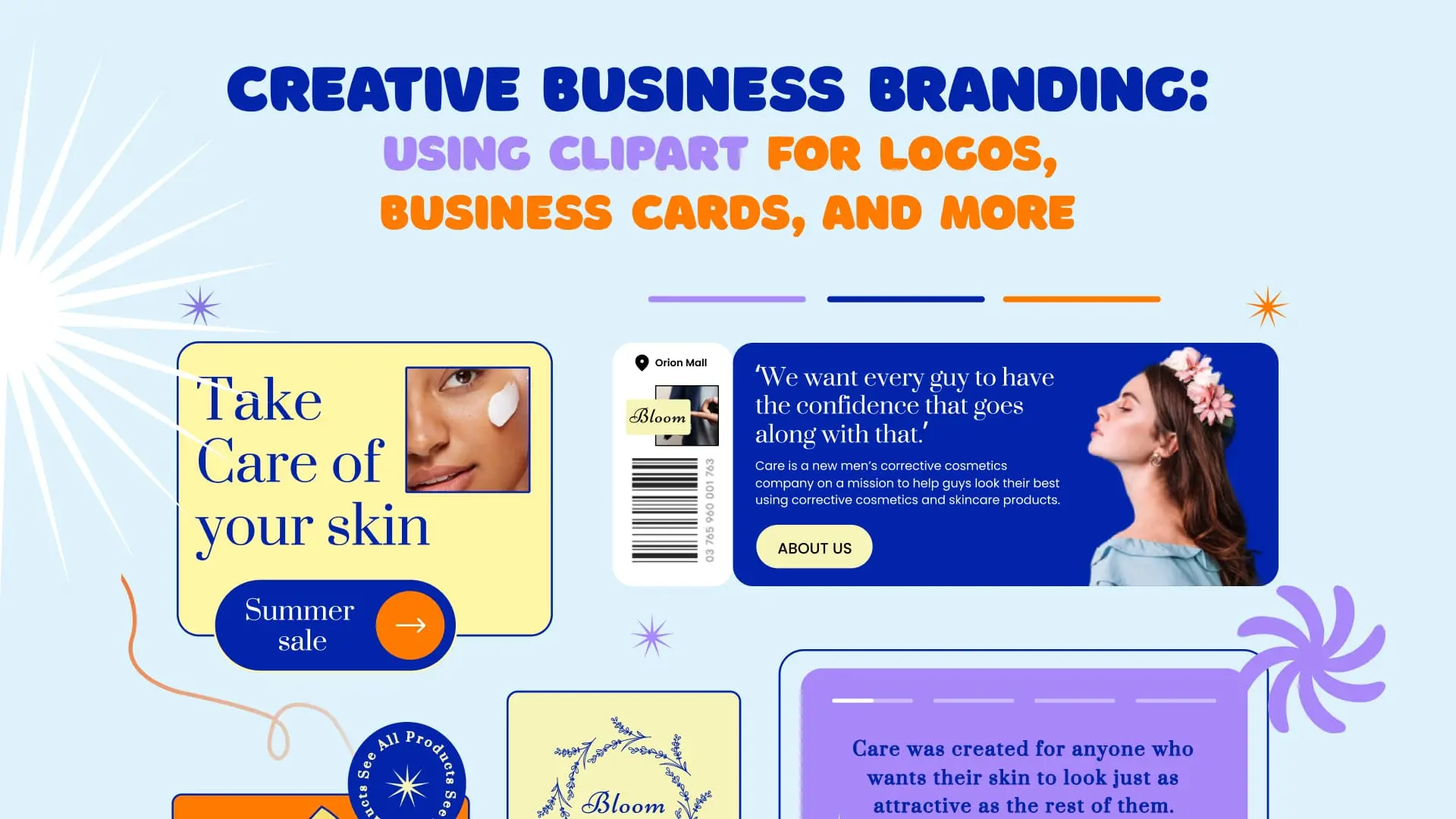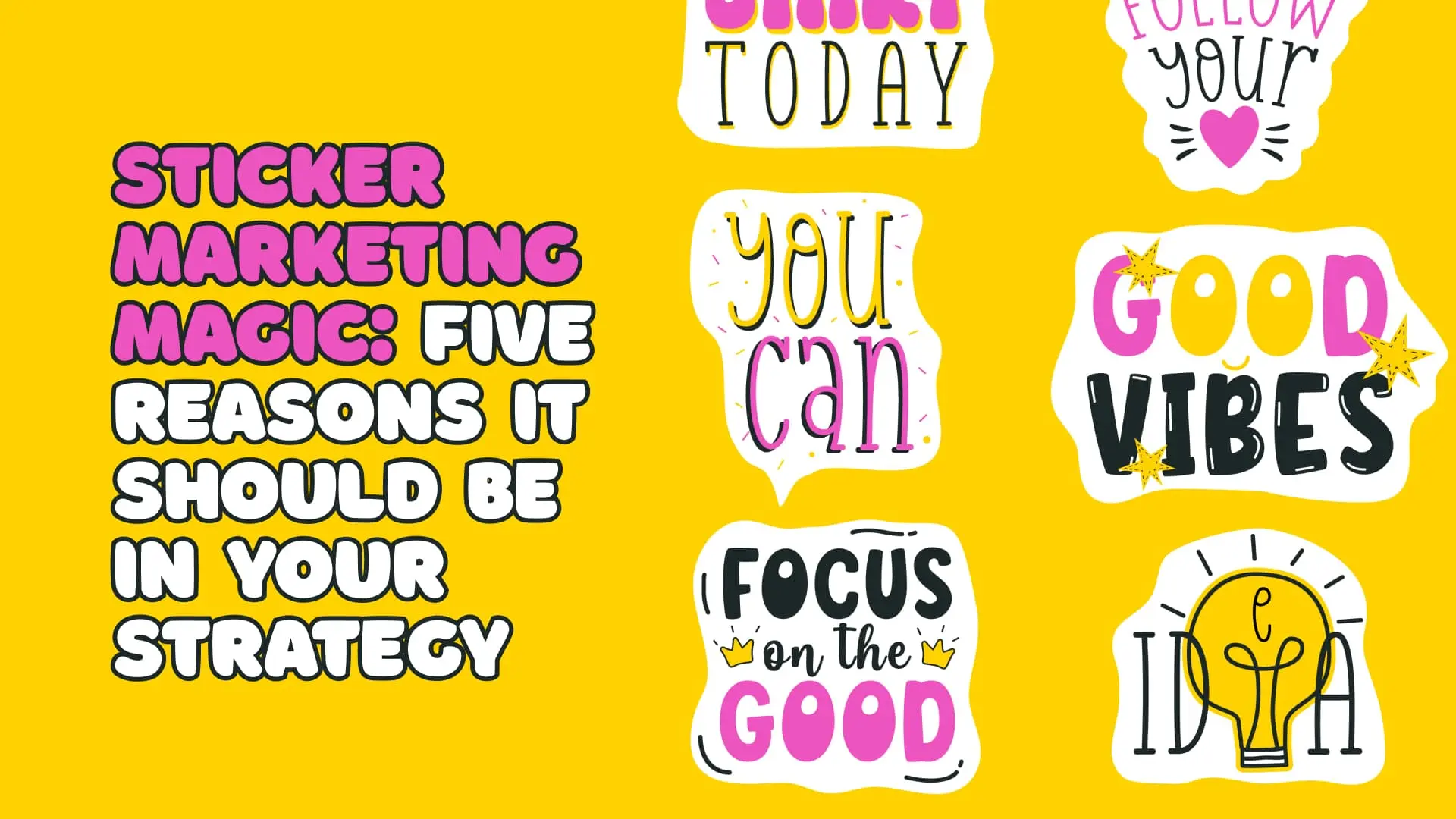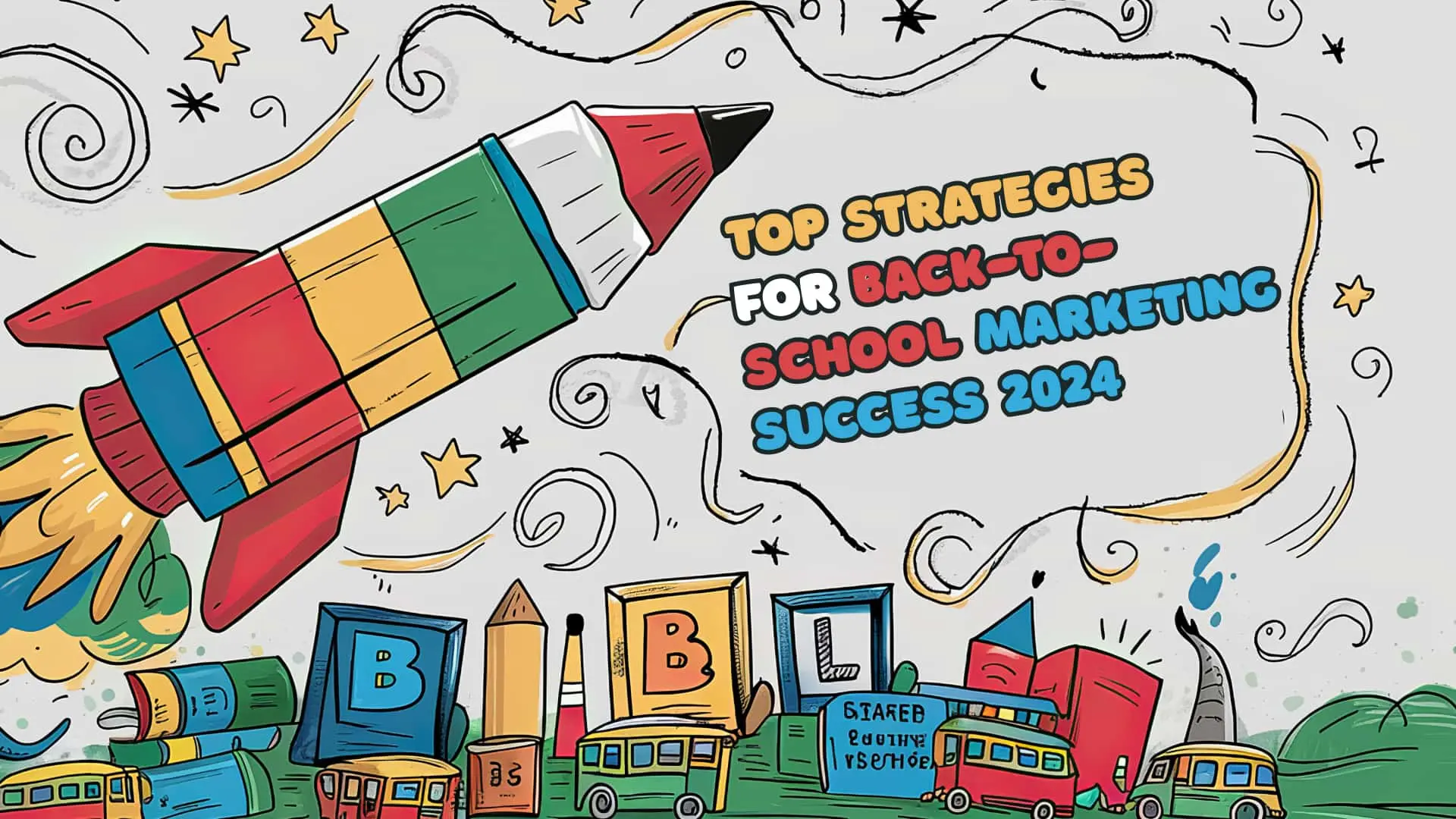-
Empty cart
No products in the cart.
Return to Shop

In today’s visually-driven market, establishing a strong brand identity is essential for businesses of all sizes. One effective way to create a memorable and impactful brand is through the use of clipart in various branding materials. This blog will delve into how clipart can be utilized creatively for logo design, business card layouts, letterheads, and promotional materials, providing insights and practical tips for enhancing your brand’s visual appeal.
Introduction
Branding is more than just a logo or a catchy slogan; it’s about creating a cohesive and compelling visual identity that communicates your business’s values and personality. Clipart, often overlooked, can be a versatile and cost-effective tool for enhancing your branding efforts. Whether you are a startup on a tight budget or a small business looking to refresh your brand, clipart offers endless possibilities for creativity and uniqueness.
In this blog, we will explore how to leverage clipart in various aspects of business branding, from designing logos and business cards to crafting professional letterheads and promotional materials. Each section will provide detailed insights and practical tips to help you create a cohesive and visually appealing brand identity.
Logo Design with Clipart
The Importance of a Memorable Logo
A logo is often the first point of contact between a business and its potential customers. It serves as a visual representation of the brand and plays a crucial role in brand recognition and recall. A well-designed logo can convey the essence of your business, making it memorable and instantly recognizable.
Benefits of Using Clipart for Logos
- Cost-Effective: Hiring a professional designer to create a custom logo can be expensive, especially for small businesses or startups. Clipart provides an affordable alternative without compromising on quality.
- Versatility: Clipart libraries offer a wide range of styles and themes, allowing businesses to find visuals that align with their brand identity.
- Ease of Use: Most clipart images are easy to customize, enabling businesses to tweak colors, shapes, and sizes to fit their specific needs.
- Quick Turnaround: With clipart, businesses can quickly create and implement a logo, which is particularly useful when rebranding or launching a new product.
Tips for Creating Effective Logos with Clipart
- Choose High-Quality Clipart: Ensure that the clipart you select is of high resolution and quality to avoid pixelation or burners when resized.
- Maintain Simplicity: A logo should be simple yet distinctive. Avoid overcrowding your design with too many elements.
- Focus on Relevance: Select a clipart that reflects the nature of your business. For example, a bakery might choose a clipart of a cupcake or a rolling pin.
- Ensure Scalability: Your logo should look good in various sizes, from a business card to a billboard. Choose a clipart that retains its clarity and impact when scaled.
- Customize Colors: Adjust the colors of the clipart to match your brand’s color palette, ensuring consistency across all branding materials.
Business Card Layouts Featuring Clipart
The Role of Business Cards in Branding
Despite the digital age, business cards remain a powerful tool for networking and establishing a professional image. A well-designed business card can leave a lasting impression and serve as a tangible reminder of your brand.
Designing Business Cards with Clipart
- Visual Appeal: Incorporate clipart to add visual interest and break the monotony of text-heavy designs.
- Brand Consistency: Use clipart elements that are consistent with your logo and overall brand identity to create a cohesive look.
- Functional Design: Ensure that the clipart does not overshadow important information such as contact details and business name.
Best Practices for Business Card Design
- Clarity and Readability: Use legible fonts and ensure that the text stands out against the background.
- Balanced Layout: Distribute clipart and text evenly to create a balanced and visually appealing layout.
- Quality Printing: Choose high-quality printing options to ensure that the clipart and other design elements look professional.
Creating Professional Letterheads with Clipart
Importance of Letterheads in Business Communication
A letterhead is more than just a piece of paper with your company’s name and address; it’s a key component of your corporate identity. A well-designed letterhead can enhance the professionalism of your correspondence and reinforce your brand.
Integrating Clipart into Letterhead Design
- Header and Footer: Use clipart in the header or footer to add a decorative element without distracting from the main content.
- Watermarks: Subtle clipart watermarks can add a touch of elegance to your letterhead without overpowering the text.
- Brand Elements: Incorporate clipart elements from your logo to reinforce brand consistency.
Examples of Effective Letterhead Designs
- Minimalist: A simple clipart icon in the header, paired with clean lines and ample white space, creates a modern and professional look.
- Elegant: Intricate clipart borders or flourishes can add a touch of sophistication to your letterhead.
- Thematic: Use clipart that reflects your industry or business theme, such as floral designs for a florist or tech icons for an IT company.
Enhancing Promotional Materials with Clipart
Types of Promotional Materials
Promotional materials encompass a wide range of items, including brochures, flyers, posters, banners, social media graphics, and merchandise. These materials are crucial for marketing campaigns and brand visibility.
Using Clipart to Create Eye-Catching Promotional Content
- Brochures and Flyers: Incorporate clipart to highlight key points, break up text, and add visual interest.
- Posters and Banners: Use bold and vibrant clipart to capture attention and convey your message effectively.
- Social Media Graphics: Clipart can make your social media posts more engaging and shareable.
- Merchandise: Integrate clipart into designs for t-shirts, mugs, and other promotional items to enhance their appeal.
Tips for Consistency and Cohesion in Promotional Designs
- Unified Theme: Use a consistent theme or style of clipart across all promotional materials to create a cohesive brand image.
- Color Harmony: Ensure that the clipart colors align with your brand’s color palette for a harmonious look.
- Quality and Resolution: Use high-resolution clipart to ensure that the visuals remain crisp and clear, regardless of the material or size.
Conclusion
Incorporating clipart into your branding efforts can be a cost-effective and creative way to enhance your business’s visual identity. From designing memorable logos and eye-catching business cards to creating professional letterheads and impactful promotional materials, clipart offers endless possibilities for businesses looking to stand out in a competitive market. By following the tips and best practices outlined in this blog, you can leverage clipart to create a cohesive and compelling brand that resonates with your audience and leaves a lasting impression.




